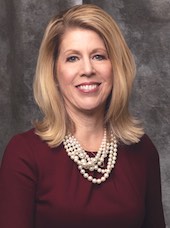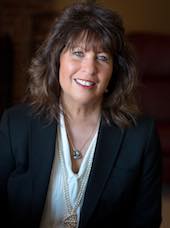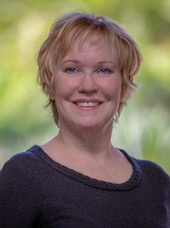
Five Tips for Paving the Way for Merger Conversations
As a credit union leader, you’ve determined that proceeding with a merger is the best way to grow your financial institution. Perhaps you’ve even identified some potential merger partners. Now the question arises: How do you start the conversation?
Credit union executives contributed their insights on this topic in a three-part white paper from DDJ Myers, “More for Members: Credit Union Leaders Plan Post-Pandemic Merger & Acquisition Strategies.” Here are their five suggestions for getting the merger conversation started.
- Start by building trust. Often the trust-building process begins with conversations between CEOs, who seek to achieve a comfort level with each other and explore whether their cultures are compatible. Brandon Riechers, CEO, $3.5 billion Royal Credit Union, Eau Claire, Wisconsin, concedes that this process takes time. “Deals have been struck on first meetings, based on first impressions, but more often, they happen over the long term,” Riechers says.
- Lend a helping hand. In positioning $2.1 billion Pen Air Federal Credit Union, Pensacola, Florida, for merger discussions, “we have to first make ourselves known as good partners in the region,” says Board Chair Bob Jacobson. One of the ways Pen Air has done this is by supporting smaller financial cooperatives in the aftermath of hurricanes—for instance, through shared branch availability and a loan of the “bus,” its mobile ATM, to financial cooperatives with branches temporarily closed by a storm or other emergency. Pen Air also has offered to share staff and office supplies and to assist with food delivery to communities during natural disasters.
- Provide expertise and business support. One credit union accomplished this by establishing a CUSO to deliver commercial underwriting services to smaller financial cooperatives in its region, serving as a potential entry point for having conversations about a potential merger.
- Offer systems solutions. If member service and market challenges are steering credit unions toward entertaining merger offers, technology issues can firm up that decision, suggests Simon Walton, Board Chair of $2 billion USAlliance Federal Credit Union, Rye, New York. “If a credit union is locked into an old core system that can’t grow and take on additional volume, then you’re looking at a substantial investment to add scale to the organization.”
- Steer clear of “cold calls.” Rather than just calling a potential merger partner “out of the blue,” it’s best to have some form of pre-existing relationship first, several credit union leaders advise.
“If you’re the CEO of a potentially acquiring credit union and just pick up the phone and start dialing for mergers, people don’t really like that,” says Keith Sultemeier, CEO of $6 billion Kinecta Federal Credit Union, Manhattan Beach, California. “Usually, the leaders of the acquired credit union take the first step because they have the most risk.”
Click the link to download the three-part white paper, “More for Members: Credit Union Leaders Plan Post-Pandemic Merger & Acquisition Strategies.”







